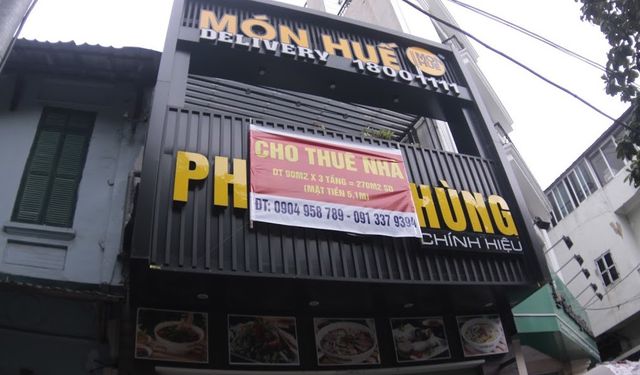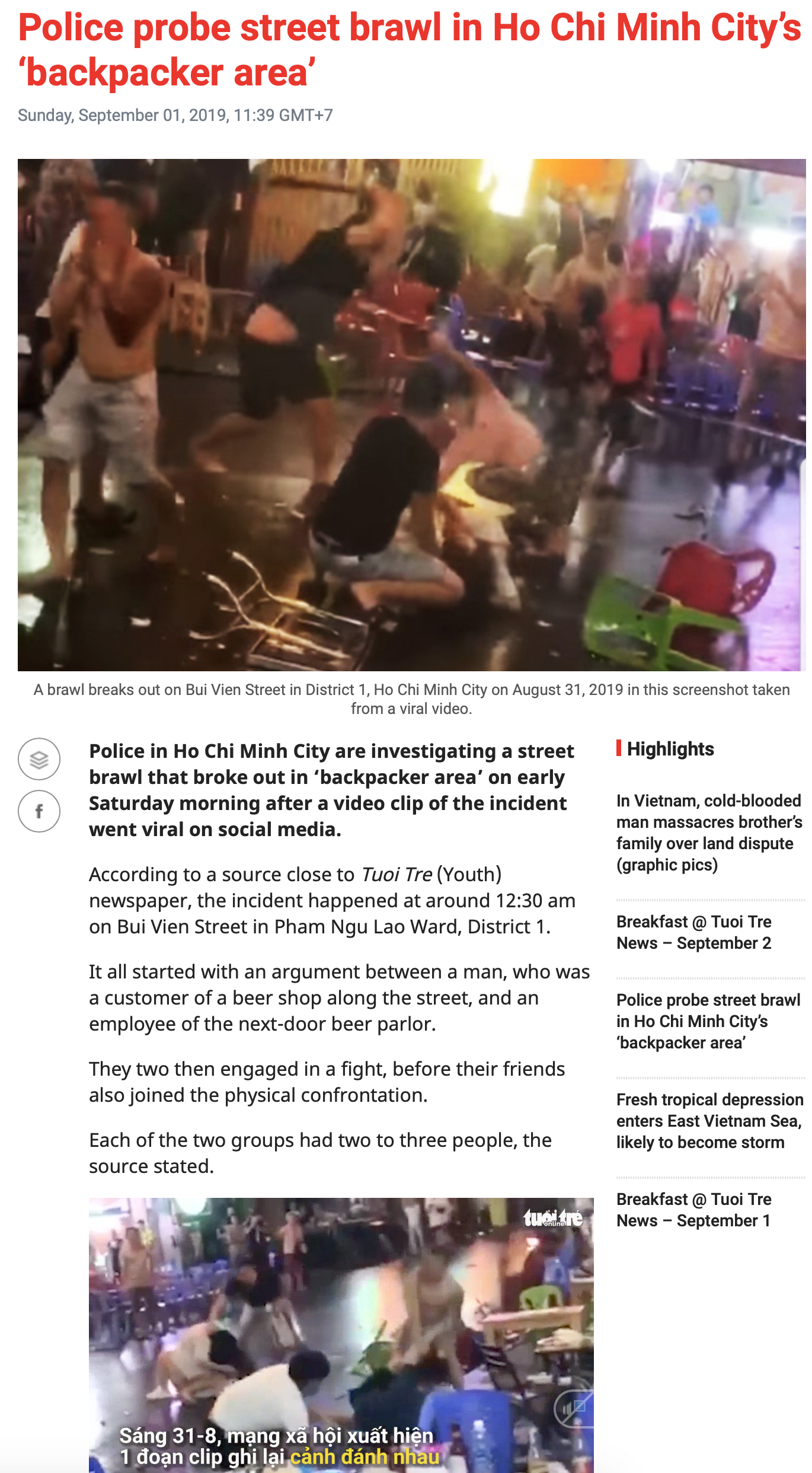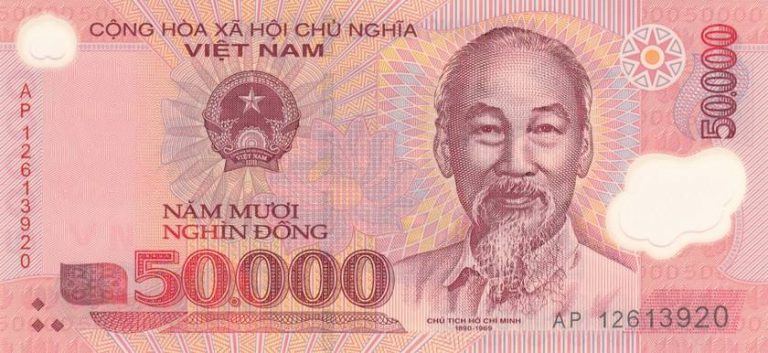There is nothing more frustrating than trying to tell a taxi driver where you want to go in Ho Chi Minh City. They usually give you the blank look or the lack of acknowledgement from the taxi driver puzzles whether he understood you.
GRAB – A God Send
But luckily with technology comes conveniences never before.
Today, there is a taxi or motorbike taxi app called GRAB. Enter the address you want to go and the fare is immediately calculated and a car or motorbike will be there shortly.
Vietnamese Lesson: Here are some useful phrases to help you express better. The first thing you will hear is most likely "... dee dow?" It means ... 'go where?' "dee Saigon Square" - Go Saigon Square. A complete sentence will be: "Toy moon dee Saigon Square". Meaning "I want to go to Saigon Square". I know the English words I used to mimic the Vietnamese is funny but trust me it works. That's what I used when I started out.
Taxi – How much within District 1
When travelling by taxi within District 1, it SHOULD NOT cost more than VND 100,000. Anything more you are being ripped off (which is common). Anything more than VND500,000 call the taxi company. Their number is indicated on the sticker on the door.
However, if you are charged VND500,000, it is most likely you have taken a “Replica” taxi. There are a lot of “Replica” taxi in Saigon. They all tried to look like the legit taxi from reputable company like Vinsun or MaiLinh.
Don’t fool around with these guys from the Replica Taxi. They are thugs. Tourist were known to be beaten up by them or even robbed.
It is perfectly normal to board a taxi and get out immediately if you notice something is wrong.
Do not feel obligated to continue the journey. Experienced expats do that all the time, so does the local. The taxi driver may grumble or even curse at you but that is just a way to intimidate you into taking their cars.
Written Address
Always get your hotel front desk to write down the address of your destination on a piece of paper before travelling. There are a few purposes for writing them down and it is a common practice actually.
- If you leave behind something, you can get your hotel or office to call the taxi dispatch center and having a written down address is very important because you may not be able to recall the address properly or pronounce them correctly.
- The taxi/Xe Om can understand the address and prevents him from lying about hearing the address wrongly.
- Keep as a reference if you want to return to the place again.
How to read the meter?
The standard meter should be a huge box and looks complicated with all the digits. Ignore anything that is behind the decimal. Round it up to the nearest 10s.
For example, if the meter shows 72.0, the fare is 72,000 VND. I will usually give 80,000VND.
Don’t be surprise if you give the taxi driver a 100,000 VND note and he just sits there without giving you the change. Or he will take 2 minutes (which can be eternal) pretending to dig his front shirt pockets trying to find lose change. That is the signal he wants you to say “keep the change”.


If you get into a taxi with a dodgy meter, GET OUT. Especially those taxi with a mini meter that you cannot easily spot. All taxi meter are prominently position on the dashboard.
If you cannot spot one within 5 seconds of boarding the taxi, GET OUT.
Or simple still, search for a large meter like those above before entering the taxi. If you can’t spot one easily, then just wave him off. IT IS PERFECTLY NORMAL NOT TO BOARD ANY TAXI AFTER FLAGGING IT. Don’t feel bad about it.
Xe Om
Xe om in Vietnamese means “vehicle hug”. Well, you literally need to hug the Xe om rider in the past.
These one man motorbike taxi can be more expensive taxi for near distance. 500 meters and 1 km can cost the same.
But they are the fastest means of transport in the city. They will wriggle through pedestrian walk-ways, against flow of traffic, overtake from impossible situation to get you to your destination.
Xe om are a god sent when there’s a soccer victory parade in the city!!!
They are also a safe bet if you kept getting ripped off by taxi. lol!
Usually you bargain and agreed on the fee to your destination first. Therefore, you will know that the pre-agreed upon amount will be your largest lost should you be taken for a ride.
DO NOT RIDE ANY XE OM WITHOUT AGREEING ON A PRICE FIRST.
Second, he will almost always take the shortest distance to save fuel, or take the fastest route to save (his) time.
How much for a Xe om ride?
For a short ride (5-10 minutes) it can cost up to VND30,000.
A medium ride (15-30 minutes) it can cost up to VND80,000.
For long ride (upto 1 hour) like going to the airport, it can cost up to VND100,000.
As a tourist, you need to pay more. You pay more for everything in Saigon if you are a tourist.
If you are an expat in Saigon and you are thinking of relying on taking Xe om to work or around the city regularly, it pays to use a regular xe om. Your price will eventually come down a lot.
I used to use this xe om that took me to work from Le Thanh Ton to Phan Ke Binh which is about 20 minutes away and it only cost me VND25,000. He even offered me a monthly deal of VND2,000,000 for unlimited travel within central Saigon!
Beside being used as a personal transport, the xe om also doubles as delivery and courier for the city dwellers. I used to ask my xe om to buy Chicken rice take away from my favourite restaurant!
Xe om usually operates in 1 shift, day or night. Day xe om operates from early morning till dinner time. Night Xe om usually operates from 4pm till the wee hours in the morning.
Besides having a regular day xe om, I also have a regular night xe om which will answer my call and come get me. Can be useful when you are in some dodgy places looking for a transport home.
Vietnamese Lesson Refrain from telling the driver the exact address first. Saigon is segmented into districts called "Quan" in Vietnamese (sounds like 'wern' in English). The local usually likes to indicate which "Quan" they are heading to, followed by the number and street name. For example if you want to go to 558 Nguyen Dinh Chieu, Quan 3. So One would say "Di Quan 3, so 558 Nguyen Dinh Chieu".







Recent Comments